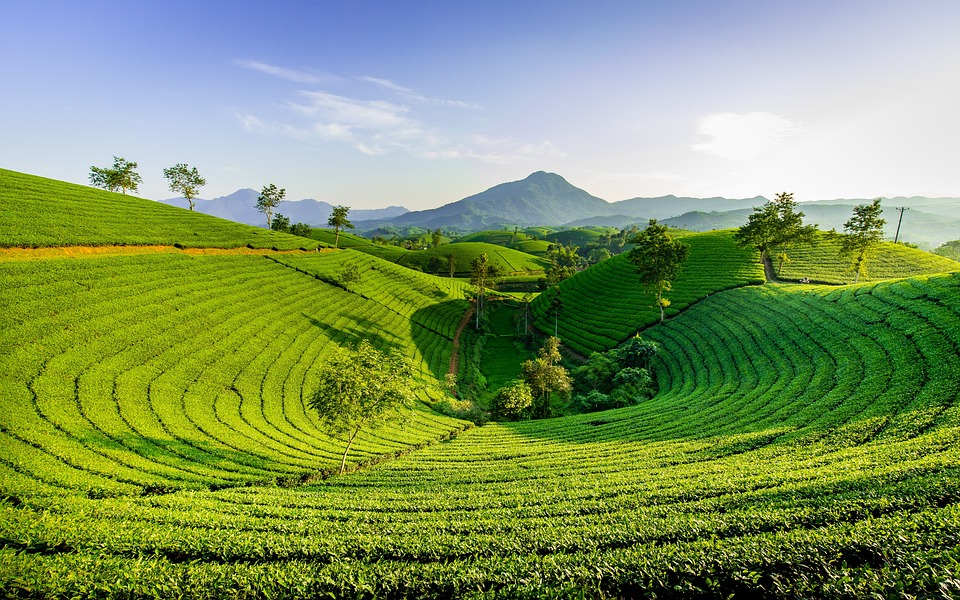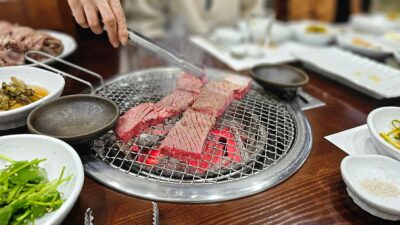In recent years, bubble tea has surged in popularity across the globe, captivating the taste buds of millions. Originating in Taiwan in the 1980s, this iconic drink—also known as boba tea—has transitioned from a local delicacy to an international sensation. As bubble tea shops pop up in cities around the world, it’s clear that this trend is not just a passing fad but a beverage phenomenon that’s here to stay.
What is Bubble Tea?
Bubble tea is typically made from a tea base—often black or green tea—mixed with milk or fruit flavors, and sweetened to taste. The drink is characterized by the chewy tapioca pearls, or "boba," that sit at the bottom of the cup, along with various toppings like jelly, fruit, or pudding. The fusion of textures, combined with the opportunity for customization, makes bubble tea an engaging and enjoyable experience for consumers.
The Evolution of a Trend
Bubble tea made its rise out of Taipei, where it quickly gained popularity for its unique taste and texture. The first shop to offer this innovative drink, Tikan, started serving it in the early ’80s, featuring a mix of sweetened milk tea and tapioca pearls. As the drink gained traction, various adaptations were made, leading to an explosion of flavors and styles.
The early 2000s marked bubble tea’s international expansion. Initially introduced in Asian communities worldwide, the beverage began to attract a broader audience. Today, bubble tea shops can be found in major cities such as New York, London, and Sydney, often boasting long lines of eager customers, eager to try new flavors and concoctions.
Why Bubble Tea is Here to Stay
1. Customization and Variety
One of the appealing aspects of bubble tea is its extreme customizability. Customers can choose from a plethora of flavors, sweetness levels, and various toppings. This ability to tailor a beverage to personal preferences makes bubble tea accessible and appealing to a wide demographic. Seasonal or limited-time flavors, like matcha or fruit-infused versions, further entice consumers to return.
2. Community and Culture
Bubble tea has become a cultural phenomenon, encapsulating the social experience of sipping a creatively crafted drink. Many bubble tea shops have created a cozy atmosphere that invites friends and families to gather, interact, and enjoy each other’s company. This communal aspect enhances the overall bubble tea experience, making it more than just a drink but a lifestyle.
3. Healthier Options
As health consciousness grows, bubble tea has adapted to meet consumer demand for healthier options. Many shops now offer non-dairy milk alternatives, low-sugar options, and fruit-infused teas that appeal to health-conscious customers. This evolution allows bubble tea to remain relevant as dietary preferences shift, attracting new demographics who might have previously been hesitant to indulge.
4. Social Media Influence
The rise of social media has played a pivotal role in promoting bubble tea culture. With platforms like Instagram and TikTok, bubble tea enthusiasts share their colorful drinks, creating a visual appeal that captures the attention of potential customers. Viral trends, such as unique flavor combinations or aesthetically pleasing presentations, have bolstered bubble tea’s popularity and have created a movement that encourages people to share their experiences, further amplifying the trend.
5. Global Expansion
The rise of bubble tea is not confined to Asia or the West; it is a global phenomenon. As more regions embrace this delightful drink, various adaptations emerge to cater to local tastes, thereby fostering an inclusive culture around bubble tea. Countries from Europe to South America are now embracing the trend, ensuring that bubble tea continues to evolve and thrive on a global stage.
Conclusion
As the appeal of bubble tea continues to grow, it’s evident that this delightful concoction is more than just a beverage—it’s a cultural experience. With its roots firmly planted in customizable flavors, community engagement, health adaptability, and social media influence, bubble tea has secured its place in the hearts (and stomachs) of drinkers around the world. It’s safe to say that the rise of bubble tea is not merely a trend; it’s a revolution that’s here to stay, promising endless possibilities for tasty enjoyment in the years to come.



